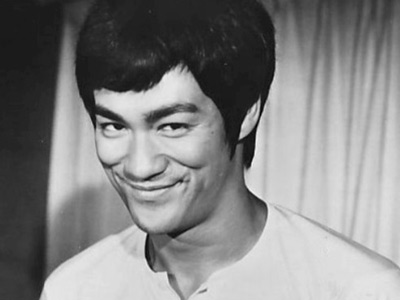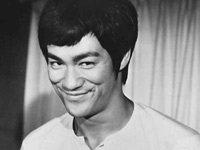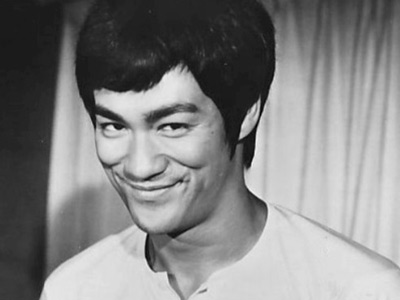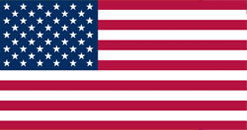Bruce Lee (1940-1973)

Long Beach International Karate Championships
At the invitation of Ed Parker, Lee appeared in the 1964 Long Beach International Karate Championships and performed repetitions of two-finger push-ups (using the thumb and the index finger of one hand) with feet at approximately a shoulder-width apart. In the same Long Beach event he also performed the "One inch punch." Lee stood upright, his right foot forward with knees bent slightly, in front of a standing, stationary partner. Lee's right arm was partly extended and his right fist approximately one inch (2.5 cm) away from the partner's chest. Without retracting his right arm, Lee then forcibly delivered the punch to his partner while largely maintaining his posture, sending the partner backwards and falling into a chair said to be placed behind the partner to prevent injury, though his partner's momentum soon caused him to fall to the floor. His volunteer was Bob Baker of Stockton, California. "I told Bruce not to do this type of demonstration again", Baker recalled. "When he punched me that last time, I had to stay home from work because the pain in my chest was unbearable".
It was at the 1964 championships where Lee first met Taekwondo master Jhoon Goo Rhee. The two developed a friendship – a relationship from which they benefited as martial artists. Rhee taught Lee the side kick in detail, and Lee taught Rhee the "non-telegraphic" punch.

These books are available for download with Apple Books on your Mac or iOS device
Lee appeared at the 1967 Long Beach International Karate Championships and performed various demonstrations, including the famous "unstoppable punch" against USKA world Karate champion Vic Moore. Lee allegedly told Moore that he was going to throw a straight punch to the face, and all he had to do was to try to block it. Lee took several steps back and asked if Moore was ready. When Moore nodded in affirmation, Lee glided towards him until he was within striking range. He then threw a straight punch directly at Moore's face, and stopped before impact. In eight attempts, Moore failed to block any of the punches. However, Moore and grandmaster Steve Mohammed claim that Lee had first told Moore that he was going to throw a straight punch to the body, which Moore blocked. Lee attempted another punch, and Moore blocked it as well. The third punch, which Lee threw to Moore's face, did not come nearly within striking distance. Moore claims that Lee never successfully struck Moore but Moore was able to strike Lee after trying on his own; Moore further claims that Bruce Lee said he was the fastest American he's ever seen and that Lee's media crew repeatedly played the one punch towards Moore's face that did not come within striking range, allegedly in an attempt to preserve Lee's superstar image.
HISTORY

RESOURCES
This article uses material from the Wikipedia article "Bruce Lee (1940-1973)", which is released under the Creative Commons Attribution-Share-Alike License 3.0.
© Stories Preschool. All Rights Reserved.










